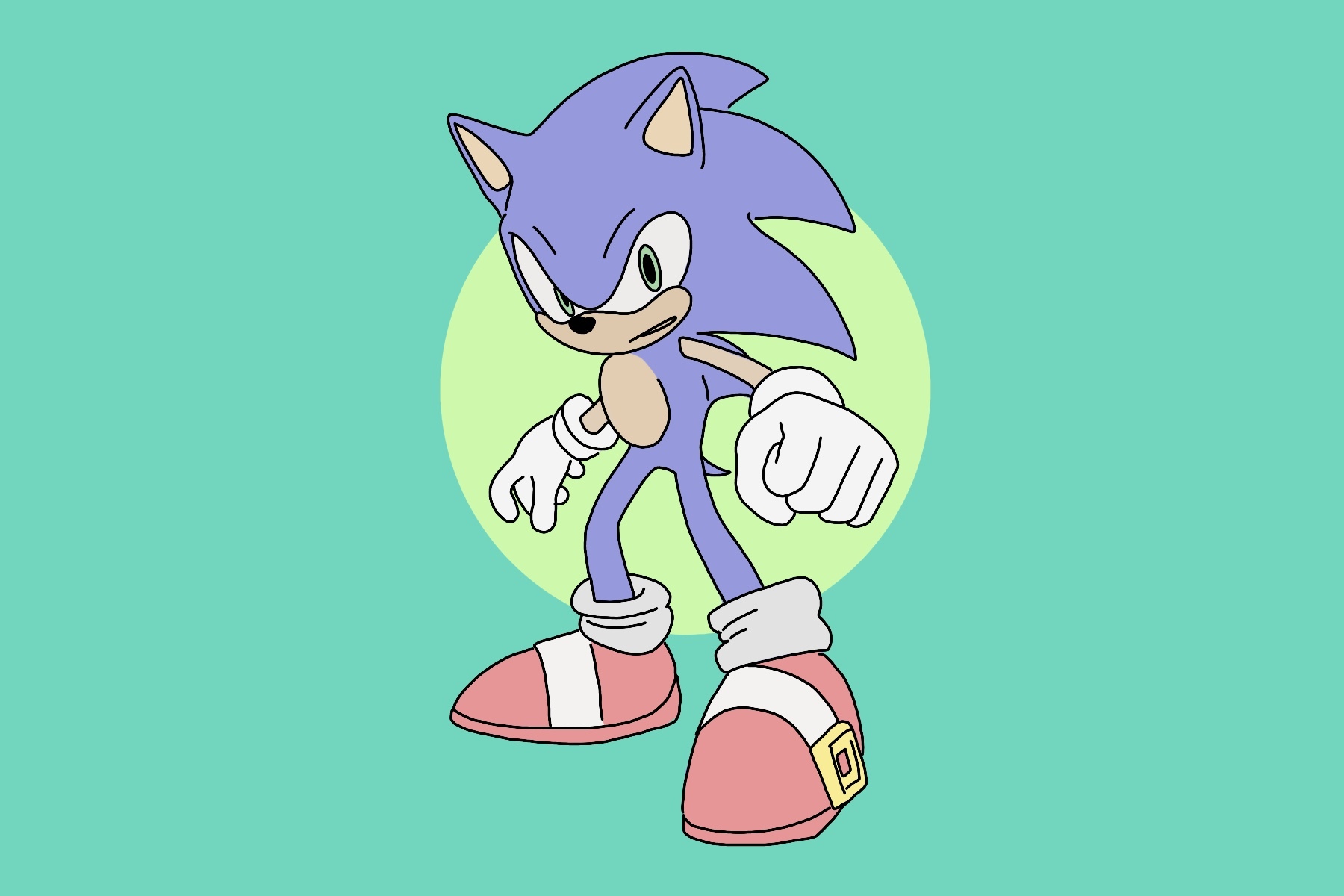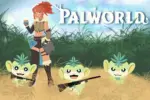Sonic the Hedgehog was one of gaming’s premier mascots back in the ‘90s, a cooler, “radder” alternative to Mario. With lightning-fast gameplay, great 2D pixel art and a sleek sense of style, Sonic rapidly made his mark on the gaming scene. Fast-forward to today, though, and Sonic is almost seen as a joke by the wider gaming community due to decades upon decades of failure. At the center of it all is Sonic Team, Sega’s in-house development studio focused on creating Sonic the Hedgehog games. For years, Sonic Team has failed to bring Sonic into the modern era, and it seems like they never will.
When Sonic debuted on Sega’s Genesis console back in 1991, he was introduced as a legitimate challenger to Mario’s hold over video games. Advertising presented Sonic as a mascot with attitude, and the game itself backed him up by featuring incredible 16-bit graphics and physics-based gameplay that emphasized Sonic’s speed. It was a critical and commercial smash success and led to several sequels and spin-offs before the Genesis even reached the end of its service.
Sonic the Hedgehog itself wasn’t just a success, as it also helped the Genesis itself attain the status of premier video game system. It out-sold the Super Nintendo system for a long time and made Sega into Nintendo’s primary competitor in the console wars of the time. Sonic wasn’t just a game or a character, but Sega’s primary mascot and brand. It makes sense, then, that Sega’s follow-up home console, the Sega Saturn, didn’t enjoy nearly the same success. While it received a number of spin-offs, it never got a mainline Sonic game.
With the Sega Dreamcast, Sega knew they needed their main mascot to back it up. Sonic Team, the development studio dedicated to the franchise, focused all efforts on a true 3D Sonic game, the first of its kind. After Mario’s extremely successful 3D debut in Super Mario 64, they knew they needed to pull out all the stops. They succeeded with the release of Sonic Adventure in 1998, revolutionizing the franchise with high-octane, 3D gameplay, a variety of playable characters and graphics that were seen as revolutionary at the time.
While it was a smash success at the time, it’s hard now not to see the flaws in Sonic Adventure that would come up in Sonic’s 3D games time and time again. The game is riddled with bugs from top to bottom, and the gameplay is janky and unwieldy from start to finish. Playing as Sonic is usually fun, but other characters are often lackluster and dull, with the fishing minigame being an egregious offender. Finally, it presented a bizarre shift in tone; Sonic was fantastical and cartoony, but Sonic Adventure took place in a realistic environment and often took itself very seriously.
Even with these flaws, the success of Sonic Adventure easily paved the way for a sequel. Sonic Adventure 2 did improve on its predecessor by trimming down the number of gameplay styles and improving the visuals, but only doubled down on some of the existing flaws. It still suffered from frequent bugs, and it continued with the weirdly dark plotline by focusing on an edgy doppelganger of Sonic named Shadow. For a game about a hyper-fast blue hedgehog, it seemed more concerned with having an epic action plot.
While Sonic Adventure gave the Dreamcast its time in the sun, Sega ultimately moved away from the home console market afterward. Sonic Heroes was the first mainline Sonic game not released on its own hardware, which might have made audiences more forgiving about how underwhelming it was. Sonic Heroes only continued the problems established by Sonic Adventure, with an unwieldy camera, a bizarre and darkly serious plot, and too many characters for one game.
Sonic Team showed no interest in fixing their problems, which is what led to Sonic’s downfall. The Shadow the Hedgehog spinoff was lambasted enough for being incredibly edgy and over-the-top, but Sonic the Hedgehog (2006) was a complete disaster that the franchise still hasn’t recovered from today. The game was infamously rushed to meet a Christmas deadline, with an incredible number of bugs that made it borderline unplayable. The nonsensical storyline was at its peak, with the game often drawing mockery for a scene in which Sonic is kissed back to life by a photorealistic human woman.
For the next 15 years, Sonic suffered from a number of mediocre, uninspired games that failed to pull back in audiences. Sonic the Hedgehog 4 was supposed to be a return to form but was instead seen as inferior to the original games. Sonic Boom, intended to be a reimagining of the franchise, instead became a repeat of the 2006 game thanks to a ridiculous number of bugs and poor gameplay. Sonic Forces had potential, but fell apart due to an incredibly short runtime — around three hours at best.
Ironically, Sonic games seem to be at their best when they’re being made by other people. Sonic Mania, released in 2017, was developed by Sonic fangame creators who had been contracted by Sega. Out of all of Sonic’s outings in the past 20 years, it has been by far the most critically successful. It’s effectively the antithesis of modern Sonic — polished graphics and gameplay, focus on one character and little in the way of plot to get in the way of creating something that’s fun and whimsical.
The downfall of Sonic the Hedgehog over the past two decades has been sad to see. Long gone are Sonic’s polished, incredibly fun 2D days, replaced instead by unfinished, incredibly glitchy 3D experiences. A new game, Sonic Frontiers, promises to push the franchise in a new direction, but early previews and impressions have been very poor. Considering the franchise has been in this state for so long and has no intentions of ever changing, the sad reality may be that fans of Sonic the Hedgehog are stuck with this for the foreseeable future. One of gaming’s oldest and most recognizable mascots has endured a sad, slow fall from grace.


















I loved this deep dive into Sonic’s history! It’s fascinating to see how the character has evolved over the years, both in games and pop culture. I remember playing the original games on my Sega Genesis, and it’s a bit sad to see how the franchise has struggled lately. Here’s hoping for a revival that brings back the magic!
Great article! It’s fascinating to see how Sonic’s character evolved over the years and the challenges he faced in staying relevant. I appreciate the insights into the game’s struggles and how they reflect the changes in the gaming industry. Sonic will always hold a special place in my heart!
It’s fascinating to see how Sonic has evolved over the years! The ups and downs of his journey really highlight how the gaming industry has changed. I loved the nostalgia in the earlier games, but I’m excited about the potential in new titles. Thanks for breaking it all down!
Great post! It’s fascinating to see how Sonic has evolved over the years. I loved the nostalgic references to the classic games, but I also appreciate the newer takes on the character. It’ll be interesting to see what direction they take in future projects!
This was such an interesting read! I loved delving into Sonic’s ups and downs over the years. It’s fascinating how a character can evolve but still maintain that nostalgic charm. I can’t wait to see what the future holds for him!
This was a fascinating read! I always wondered how Sonic evolved over the years and how the gaming industry changed alongside him. It’s interesting to see both the highs and lows of such an iconic character. Thanks for sharing these insights!
Sonic was once a legend, but after decades of decline due to buggy games, level devil, confusing storylines and misdirection, fans can only regret the golden age.